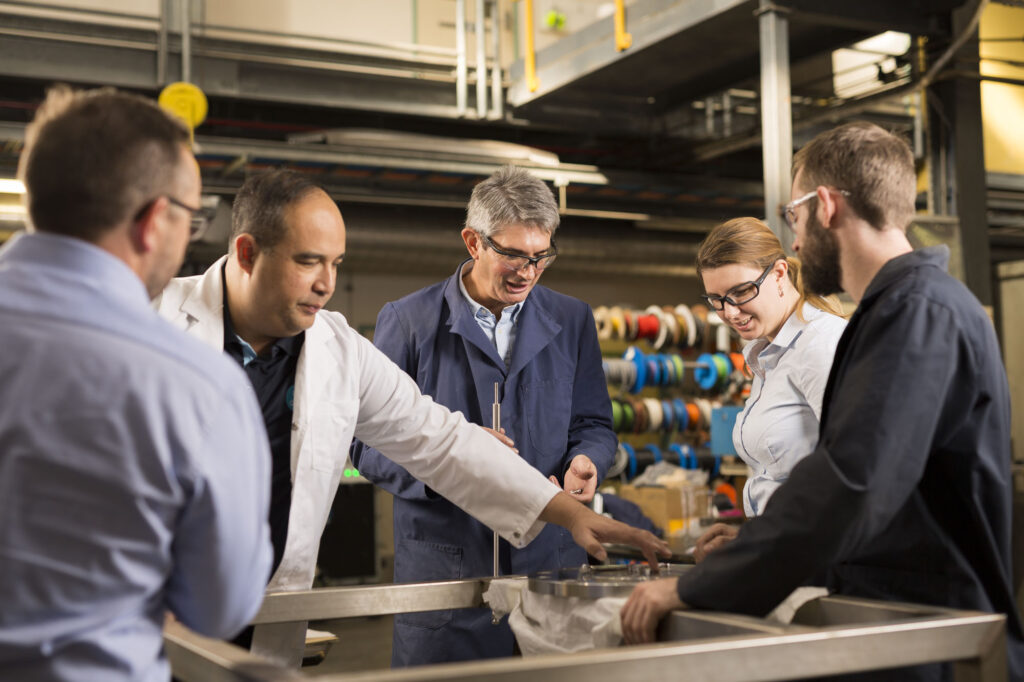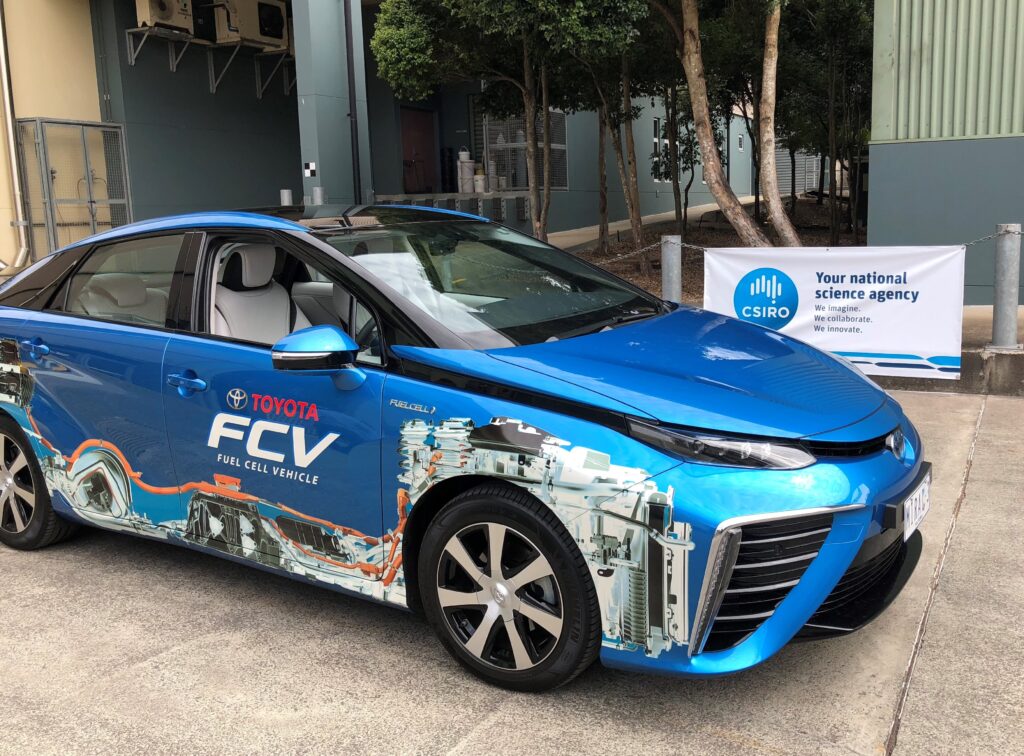CSIRO breakthrough on hydrogen transport
- PostedPublished 9 September 2018

The Commonwealth Scientific and Industrial Research Organisation (CSIRO) has demonstrated a technology that could speed up and ease the adoption of hydrogen-fuelled vehicles.
Its new membrane-based catalysing reactors can extract hydrogen from ammonia, which is comparatively easily handled and transported. This means that existing infrastructure can be utilised to transport ammonia to hydrogen filling stations, at which point the on-site modular CSIRO reactor can use the ammonia to produce the required hydrogen for vehicles.
Currently, the transportation infrastructure for hydrogen is limited and typically relies on compressed or cryogenically cooled means of shipping. Hydrogen is notoriously costly and difficult to handle as a result, greatly limiting its uptake. Given the challenges of bulk storage and shipping, and the lack of hydrogen fuel cell electric vehicles (FCEVs) on the market, development has understandably been slow.
Ever-advancing pure electric vehicles (EVs) have also somewhat quashed the interest in hydrogen but some manufacturers – such as Toyota – are continuing to promote FCEVs. Besides offering zero local harmful emissions, FCEVs can travel further than EVs and take less time to refuel.

Consequently, they may prove a more appropriate form of zero-emissions transport for certain markets – and CSIRO’s technology, which would alleviate many of the infrastructure issues, could help make hydrogen a far more viable option.
As manufacturers continue to push FCEVs, there is also the chance that the export market for hydrogen may suddenly expand. The new CSIRO reactor technology could subsequently also allow Australia to establish a strong foothold in a renewable hydrogen export industry.
Brett Cooper, chairman of the Renewable Hydrogen organisation, said: “With this technology, we can now deliver our renewable energy to Japan, Korea and across the Asia-Pacific region in liquid form, as renewable ammonia, and efficiently convert it back to pure hydrogen for cars, buses, power generation and industrial processes.
“This market didn’t exist 10 years ago – now Australia is positioned to be the number one renewable fuel provider in the world’s fastest-growing region.”
Trials of the new reactor technology have been carried out in Queensland, where hydrogen produced by the membrane-based system was used to refuel a Toyota Mirai and Hyundai Nexo. The system is now due to be scaled up and several larger trials will be carried out, both in Australia and overseas.
The project is being supported by the Science and Industry Endowment Fund (SIEF). Companies including BOC, Hyundai and Toyota are also supporting CSIRO’s developments in this field. CSIRO is further developing other hydrogen-related technologies, including renewable solar-based production.
- CategoriesIn SightGlass
- TagsHydrogen, hydrogen fuel cell, SightGlass News Issue 14, transport

